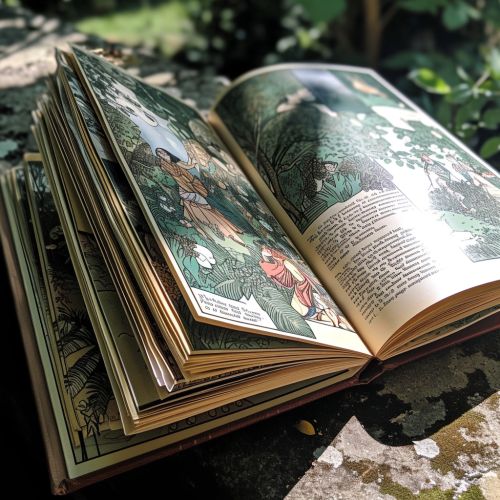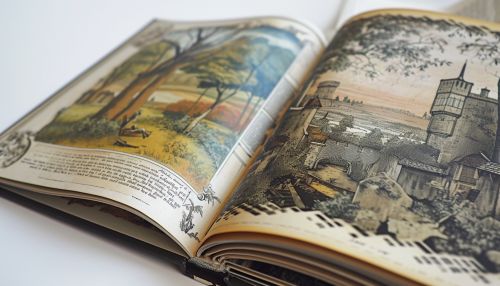Graphic Novels
Introduction
A graphic novel is a form of comic strip art that is presented in book form. Unlike traditional comic books which are usually serialized and contain short, episodic content, graphic novels are longer and have more complex narratives. They are typically self-contained, meaning they have a beginning, middle, and end within the same book. The term "graphic novel" is somewhat ambiguous as it can refer to both collections of short works and longer, novel-like works.
History
The concept of a graphic novel is not new, but the term itself is relatively recent. The first known use of the term "graphic novel" was by Richard Kyle in a 1964 newsletter. However, it was not until the 1970s that the term began to be widely used. The first book to be marketed as a graphic novel was Will Eisner's "A Contract with God and Other Tenement Stories" in 1978. This book, a collection of four semi-autobiographical stories, is often credited with popularizing the term and the format.
Characteristics
Graphic novels are characterized by their combination of text and images, and their length. They often use complex, multi-layered narratives and a variety of artistic styles. The subject matter of graphic novels can be diverse, ranging from traditional superhero stories to more experimental and literary works. They can be fiction or non-fiction, and can cover a wide variety of genres, including fantasy, science fiction, horror, mystery, historical fiction, biography, and more.


Production
The production of a graphic novel involves several stages, including scripting, penciling, inking, coloring, and lettering. The process can be done by a single person or a team. The script is usually written first, followed by the penciling stage where the artist sketches the scenes and characters. The inking stage involves going over the pencil lines with ink to make them more defined. The coloring stage adds color to the images, either by hand or digitally. The lettering stage involves adding the text to the images.
Impact and Influence
Graphic novels have had a significant impact on popular culture. They have been adapted into films, television shows, and video games. They have also influenced other forms of media, such as literature and visual art. In recent years, graphic novels have gained recognition as a legitimate form of literature, with several graphic novels winning prestigious literary awards.
Criticism and Controversy
Despite their popularity and critical acclaim, graphic novels have faced criticism and controversy. Some critics argue that graphic novels are not "real" literature, while others criticize the often violent and sexual content found in some graphic novels. There have also been controversies over the depiction of race, gender, and sexuality in graphic novels.
Future Trends
The future of graphic novels is uncertain, but there are several trends that suggest the medium will continue to evolve and grow. These include the increasing use of digital technology in the production and distribution of graphic novels, the growing popularity of webcomics, and the increasing diversity of graphic novel creators and characters.
